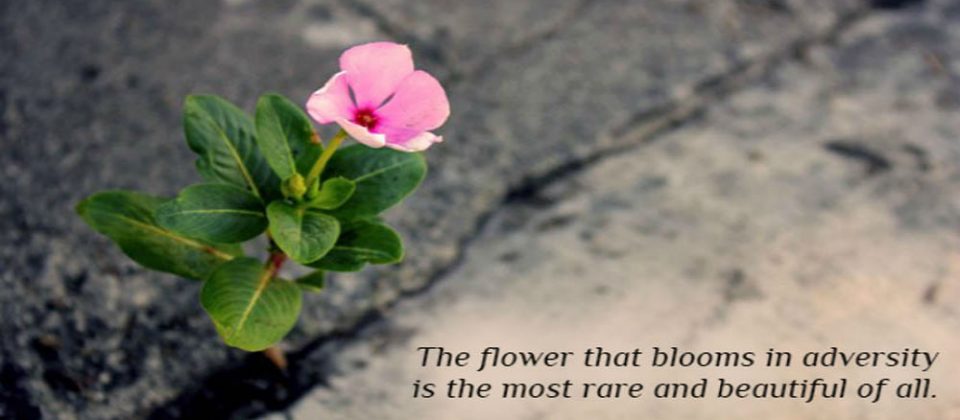Somatic Experiencing
How do we hold Trauma?
Feeling stuck as a result of a traumatic experience is like wearing a straight-jacket on our nervous system, stopping us from behaving in an open, free and relaxed way. If unresolved, we may become defined by the story of our trauma and therefore create unconscious coping strategies and patterns to help us relate to the world.
Somatic Experiencing (SE) uses well researched tools to help you to slow down and re-experience your potential for health by gently building your resources, creating safety, and gaining the capacity to visit uncomfortable places and integrate them back into your system, reconnecting to your complete self in the present moment.
What happens in a session?
In an SE session I will work with you to track traumatic experiences in your body and support you in becoming familiar with the inner landscape of your sensory world. This includes physical sensations, images you perceive, your postural and behavioural patterns, your emotions and the meaning you place upon all these experiences. Trauma may be created when things happening too fast, too suddenly and too soon for us – a violation of our boundaries – and we don’t have the resources or safe space to complete the process of re-connection to health.
A session generally unfolds whilst sitting opposite each other, but physical shared exercises and bodywork may also be used when necessary, with permission, and can be invaluable to support change and reintegration of stuck patterns.
This approach to trauma resolution is an effective way to reconnect to the joy we all have inside and to enable us to feel empowered again and to approach life with openness and choice. It frees us to live life with less fear and unbounded by negative and destructive patterns.
What is Somatic Experiencing?
‘Somatic Experiencing (SE) is a form of therapy aimed at relieving and resolving the symptoms of post-traumatic stress disorder (PTSD) and other mental and physical trauma-related health problems by focusing on the client’s perceived body sensations (or somatic experiences). It was introduced in Peter Levine’s 1997 book Waking the Tiger. In it, he discusses at length his observations of animals in the wild, and how they deal with and recover from life-threatening situations. He concludes that their behaviour gives us “an insight into the biological healing process”, and that “the key to healing traumatic symptoms in humans lies in our being able to mirror the fluid adaption of wild animals”‘ (wikipedia)
